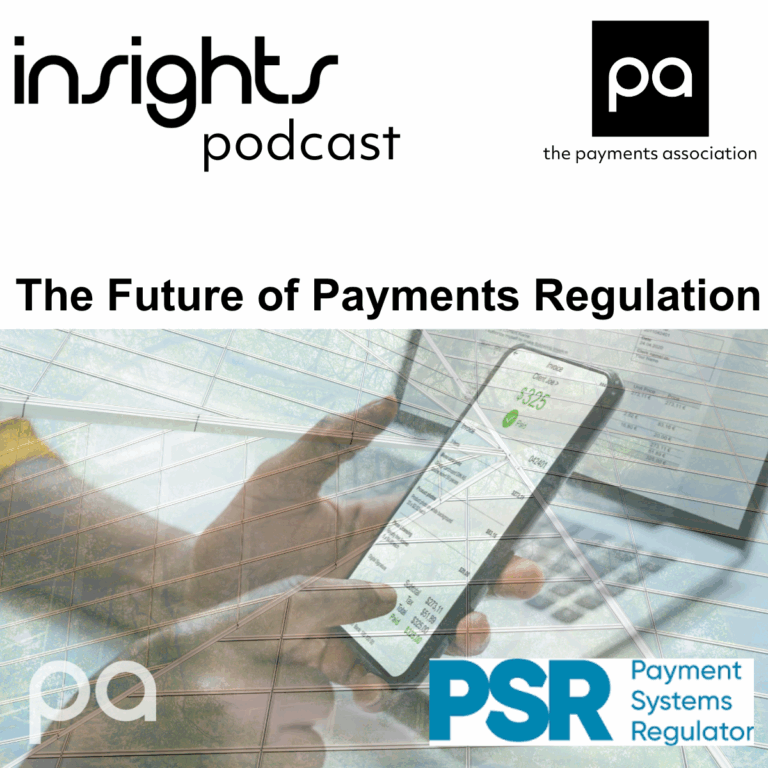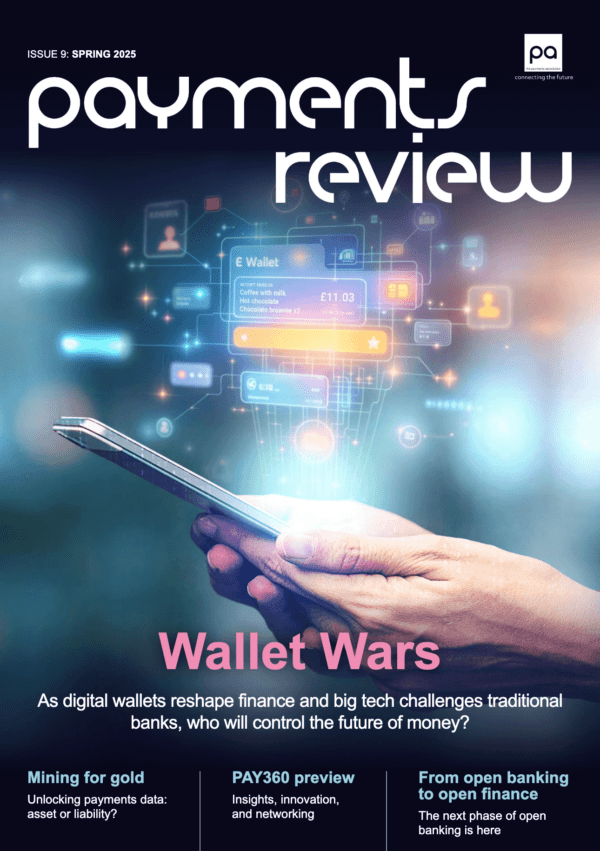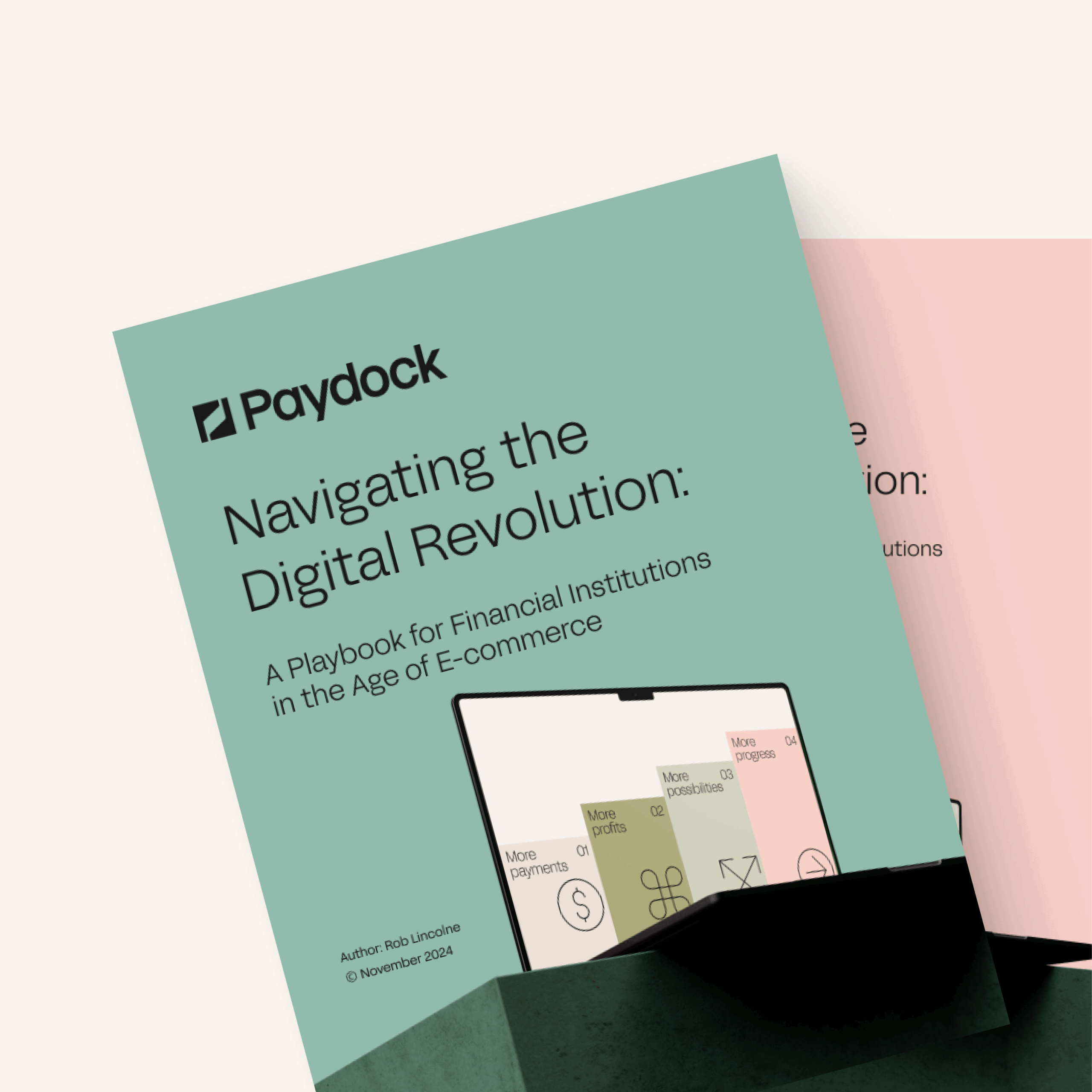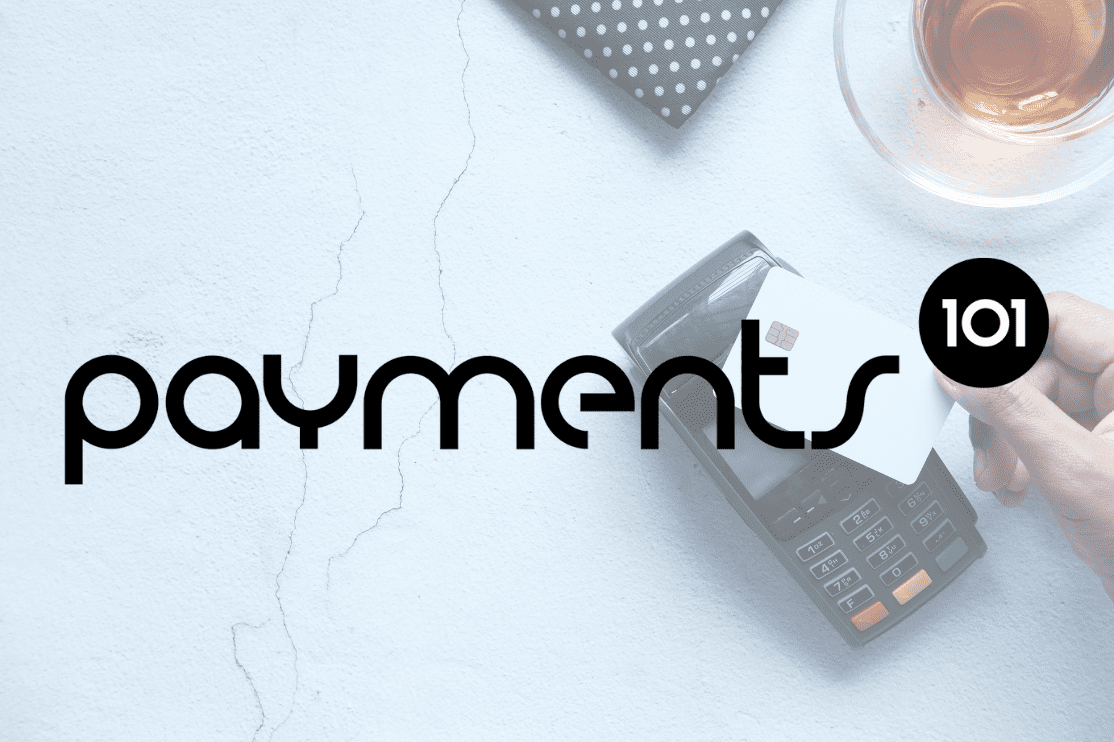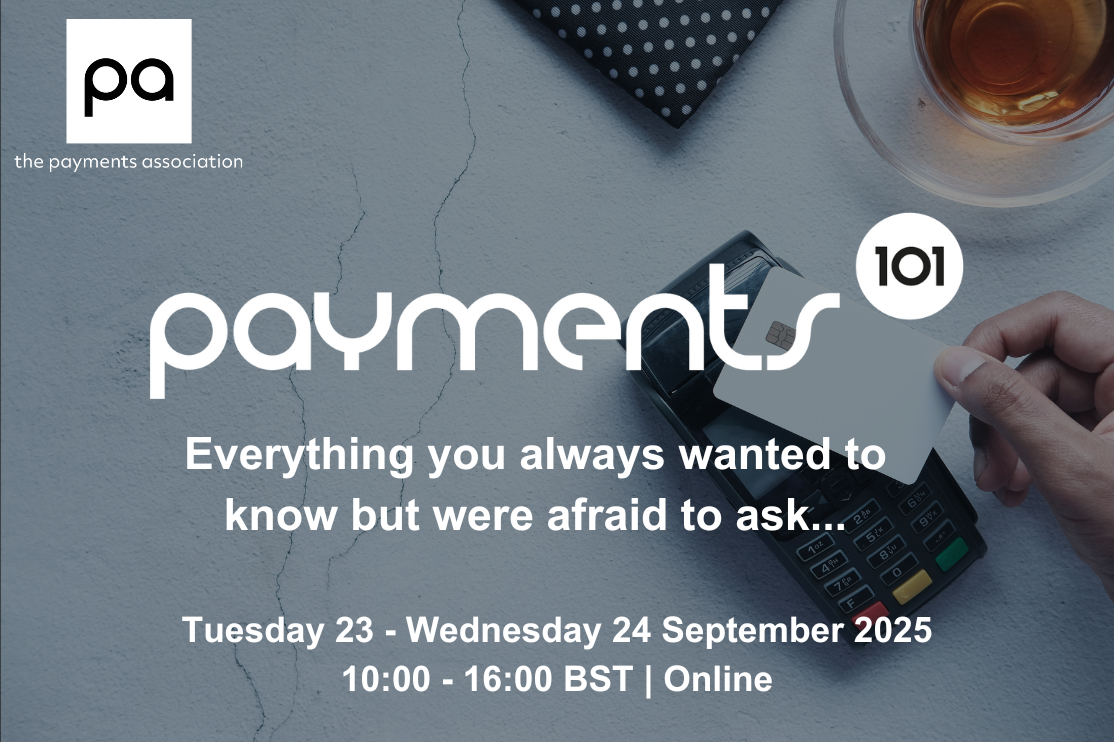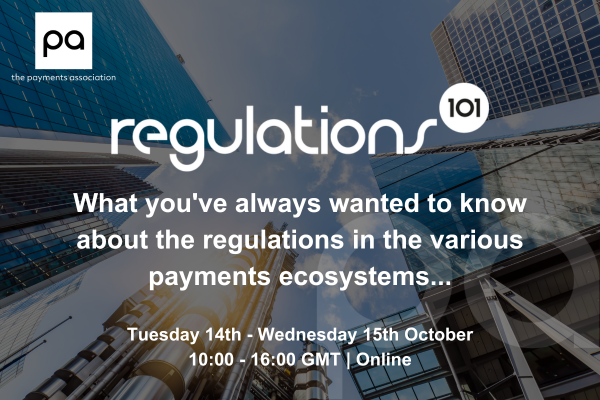What is this article about? Provides insight into the stablecoin regulatory regime which is expected to be implemented in 2025 and will provide for the issuance and custody of fiat-backed stablecoins in or from the UK.
Why is this important? Phase 1 of the UK’s cryptoasset regime is likely to have a substantial impact on payment institutions, particularly considering the inherent payment functionality of fiat-backed stablecoins.
What’s next? Early input from interested firms is important in helping to shape the forthcoming regime. Firms should provide comments on the policy documents by the deadline of 6 February 2024.
On 30 October 2023, HM Treasury (HMT) issued its long-awaited policy document on the regulation of fiat-backed stablecoins in the UK. Framed as “Phase 1” of the UK’s approach to cryptoasset regulation, HMT’s paper was quickly followed by discussion papers from the Financial Conduct Authority (FCA), Prudential Regulation Authority (PRA) and Bank of England (BOE) on the future regulatory approach to such stablecoins.
Although there are a number of steps to go before the stablecoin regime comes into effect (with implementation anticipated in 2025), the 2023 papers give helpful insights into the direction of the new regime.
Regime in brief
The proposed regime will bring in-scope of regulation a variety of activities connected with fiat-backed stablecoins.
Fiat-backed stablecoins is still to be defined but the intention is to capture stablecoins which seek to maintain a stable value by reference to a fiat currency or basket of currencies, and hold (in whole or in part) that currency or basket as “backing”. Algorithmic, crypto-backed and commodity-backed tokens are not in-scope of Phase 1.
Through a mixture of amendments to the Payment Services Regulations 2017 (PSRs) and the Regulated Activities Order (RAO) the following activities will come in-scope of new requirements:
- Issuing fiat-backed stablecoins in or from the UK — all issuers of fiat-backed stablecoin located within the UK will need to become FCA-authorised under the RAO. Fiat-backed stablecoins issued in or from the UK by persons authorised for the RAO issuance activity will be permitted for use in UK payments.
- Custody of UK-issued fiat-backed stablecoins — custodians of these coins will also require RAO authorisation from the FCA. Custody of fiat-backed stablecoins issued outside of the UK will remain outside scope (although still subject to FCA AML registration where applicable).
- Use of fiat-backed stablecoins in payment chains — new activities in relation to payment chains are likely to be regulated under the PSRs. This will include “mixed stablecoin payments” where the on-ramp to the payment chain is from a stablecoin but is converted to fiat by a payment service provider and the off-ramp is in fiat (or vice versa), and pure stablecoin payments where both the on-ramp and off-ramp are in stablecoin.
Further work is needed, particular in respect of payment chain activities, to determine exactly which activities require FCA authorisation and the rules that will apply but it is clear that the new regime will have a significant impact on the stablecoin landscape.
Impacts for payment firms
Payment institutions are likely to see a significant impact from Phase 1 of the UK’s cryptoasset regime given the inherent payment functionality of fiat-backed stablecoins and HMT’s clear focus on payment chains and payment systems in determining the scope of the new regime.
Under the proposals, there are important potential authorisation and compliance impacts for both new entrants and authorised payment institutions who offer fiat-backed stablecoin services, including:
- Firms may need to obtain new permissions from the FCA to carry on their activities — this could either be additional permissions under the PSRs, or (in the case of issuance and custody) new authorisation under the RAO. Whether transitional periods or grandfathering processes will be available is as-yet unconfirmed but firms may be required to submit new authorisation applications (with the associated documentary burden) to the FCA.
- For issuers and custodians who aren’t currently authorised (including those that are only subject to FCA registration for AML purposes), this regime will mark the first experience of FCA supervision and the associated compliance requirements that this brings. Authorised payment institutions shouldn’t underestimate the compliance work that may be needed to meet the requirements of the new regime.
- There are important geographic nuances to the new regime — whilst the focus is on UK issued fiat-backed stablecoins for authorisation purposes, this brings with it restrictions on the use of overseas fiat-backed stablecoins in payment chains and a compliance burden on authorised payment institutions who will take on a role of assessing whether overseas coins meet FCA standards for UK use.
Next steps
Despite there still being some way to go, firms who want to get ahead of the rules should start to consider the extent of their involvement with fiat-backed stablecoins and therefore the potential impact of the regime.
As an important immediate step, interested firms should ensure they review the regulators’ papers and respond with comments before the 6 February 2024 deadline. The outcome of these discussion papers and eventual regulatory policy will be key to the detailed applicable rules and early input is important in helping to shape the forthcoming regime.
In the longer term, HMT intends to bring forward secondary legislation on the stablecoin regime in early 2024 — firms should watch out for this legislation for further clarification on the rules.








